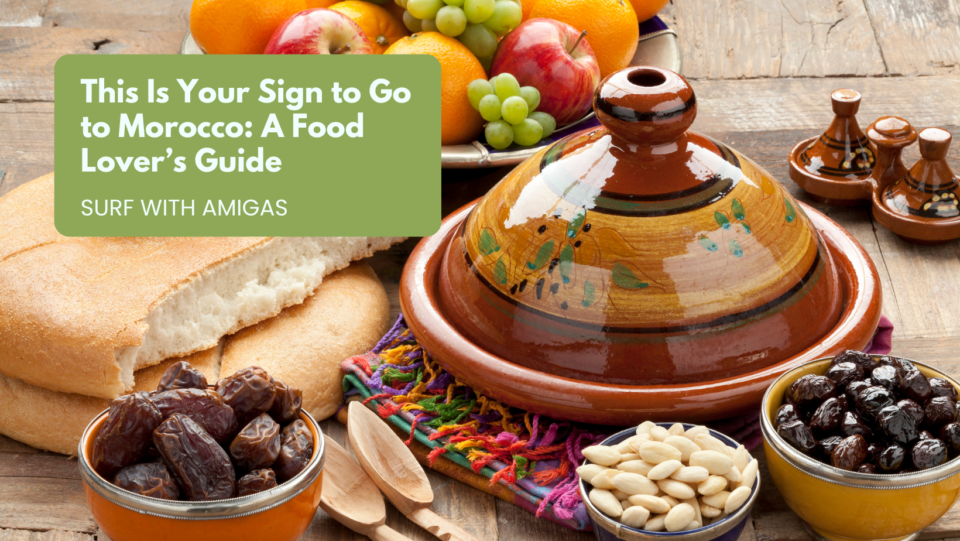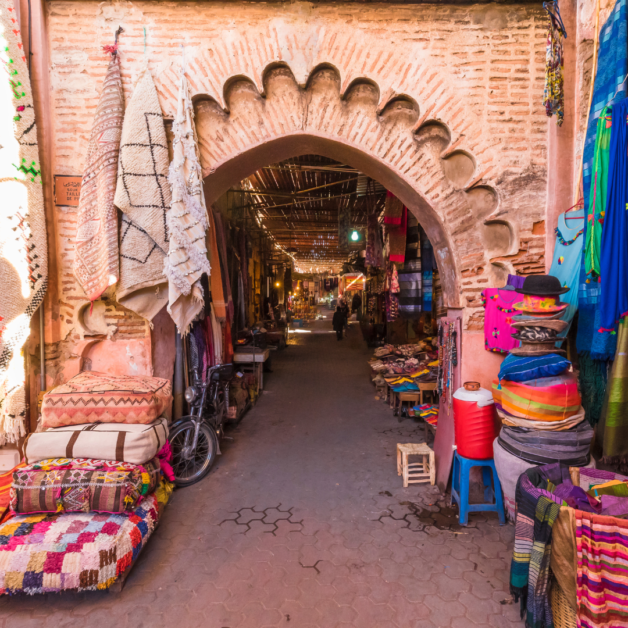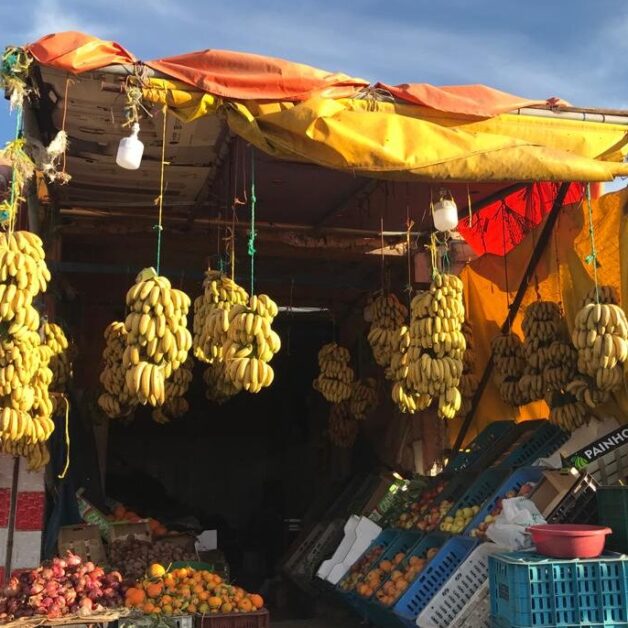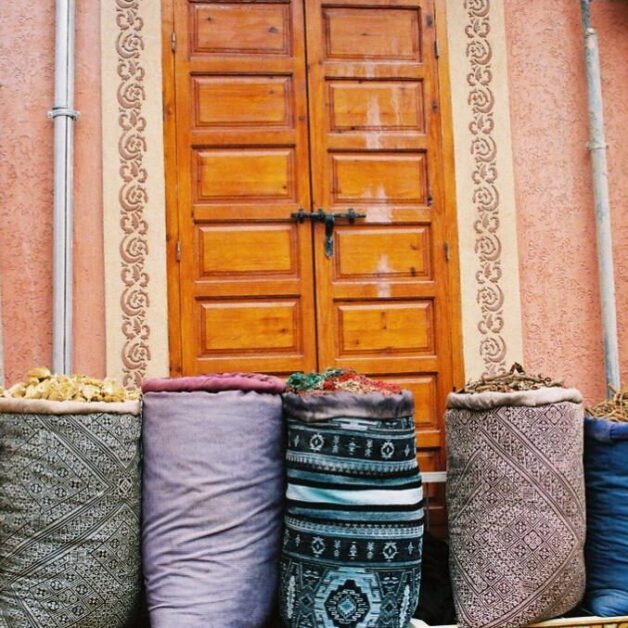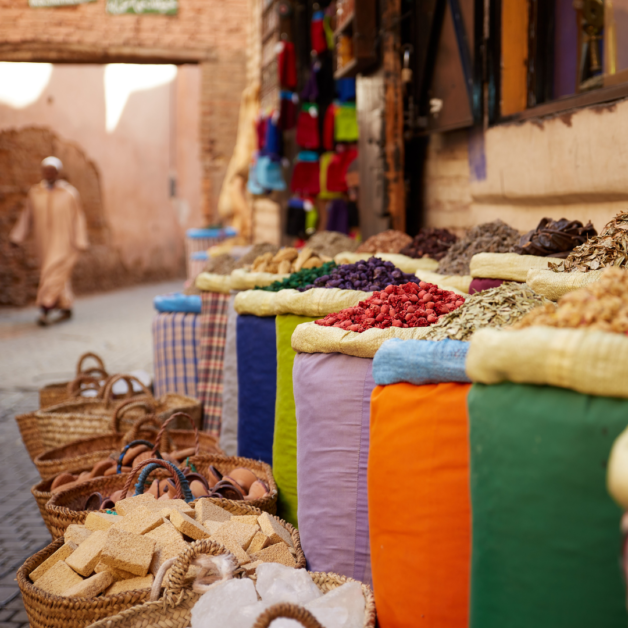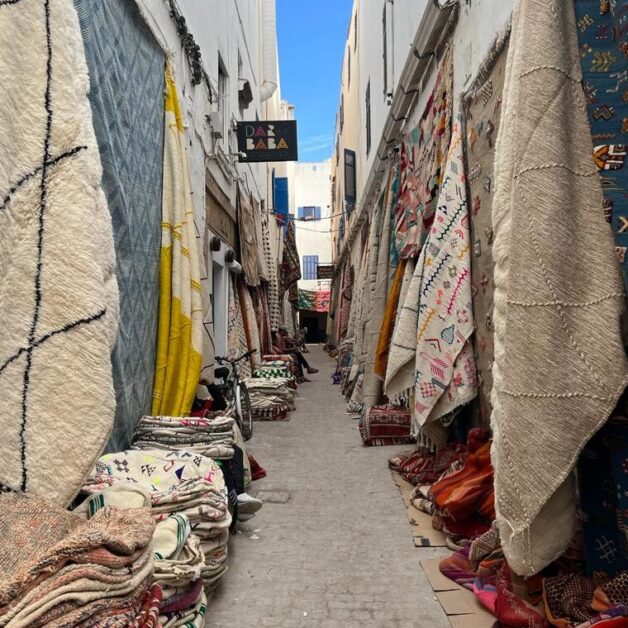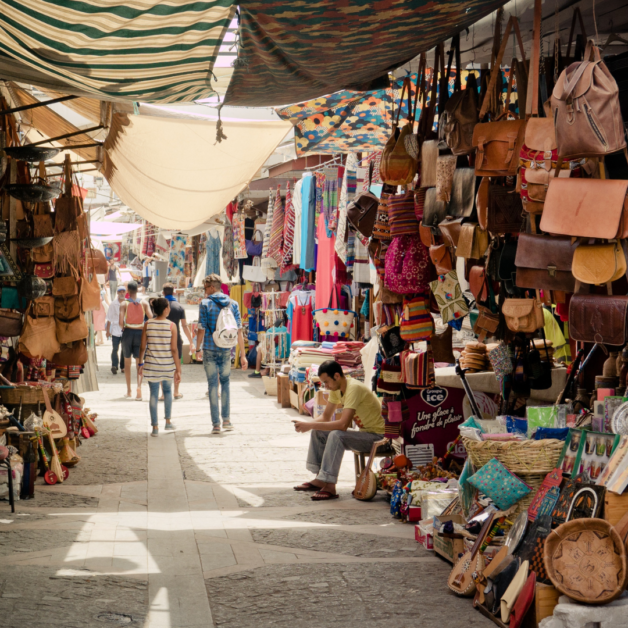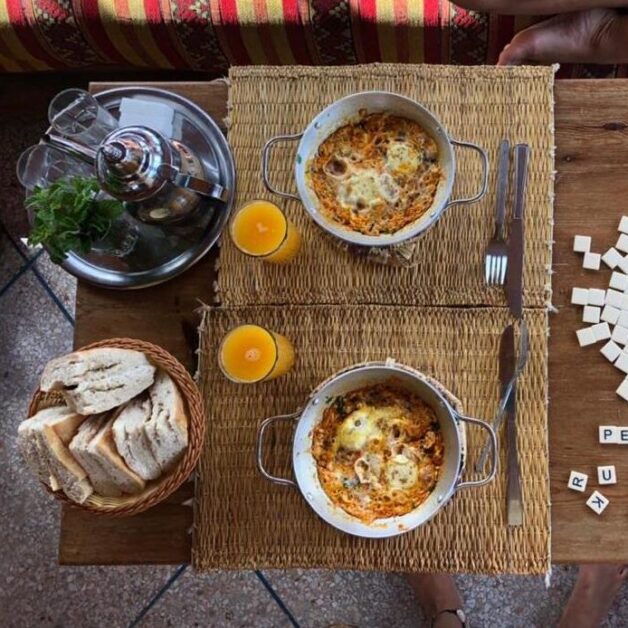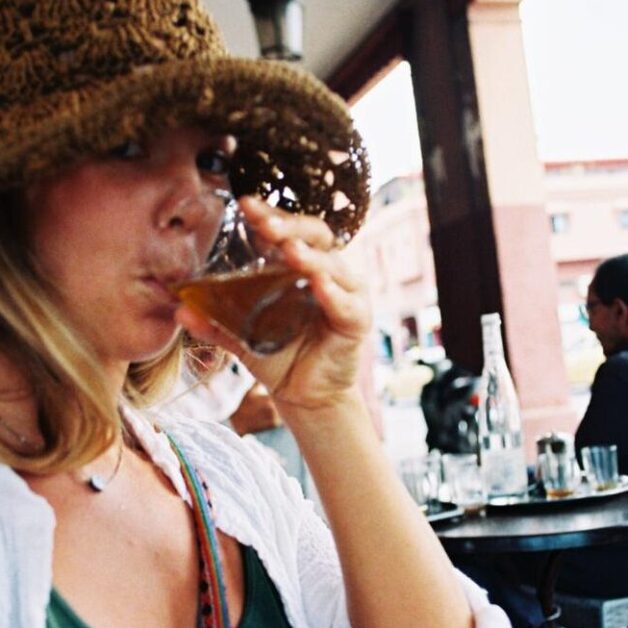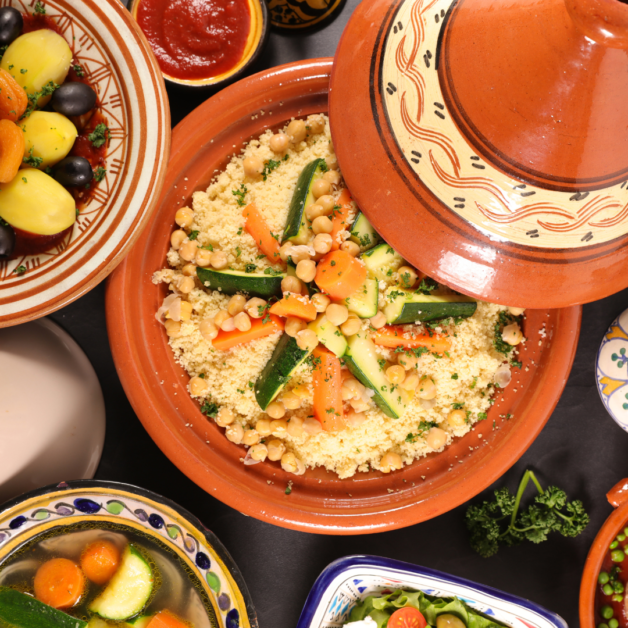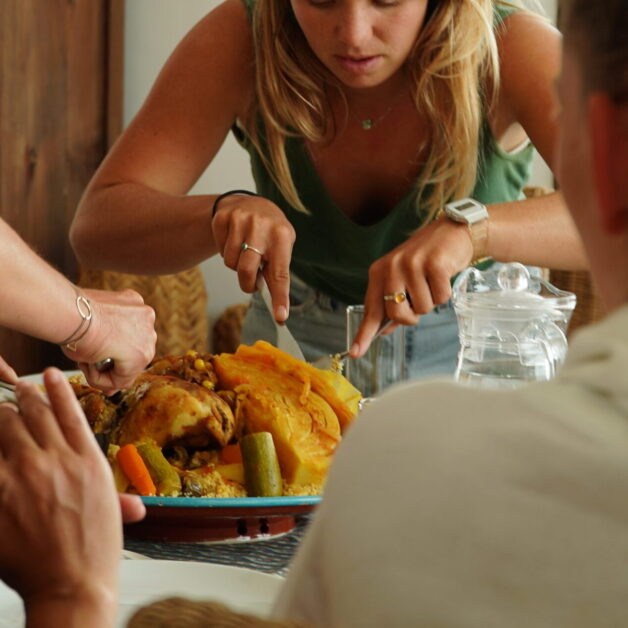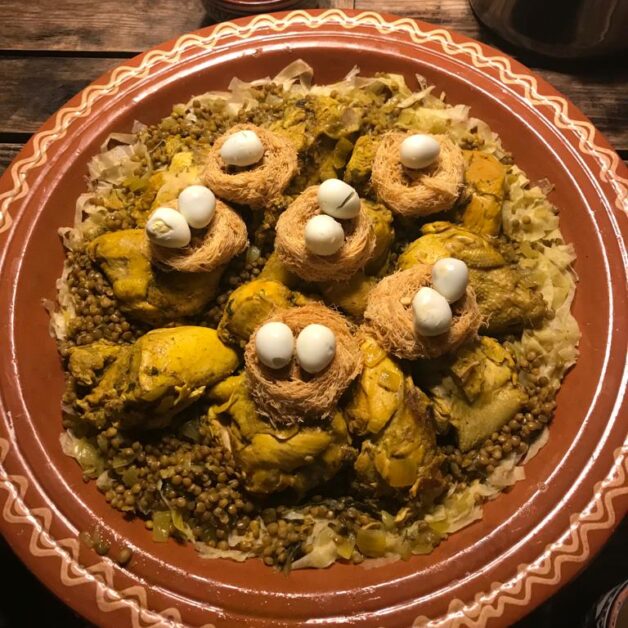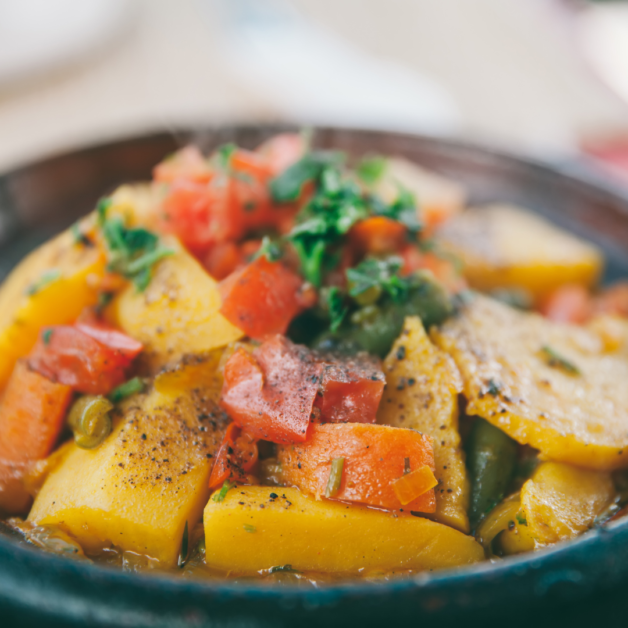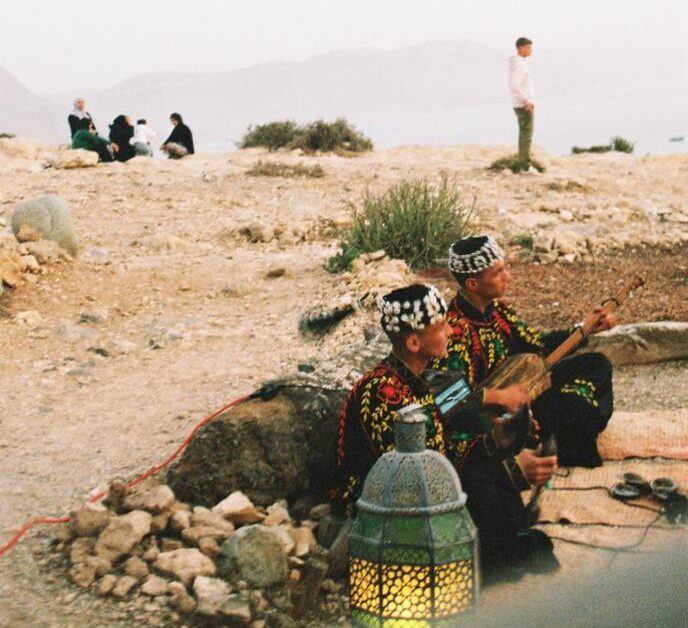Morocco likely inspires a cornucopia of images: vibrant colors, bustling markets, walled cities, incredible architecture, the list goes on. But in all of my trips to the north African country, the food is what has truly left me speechless and salivating.
Whether you’re already signed up for a retreat with us in Morocco or simply curious to learn more about the culinary culture of this flavor-filled country, this post aims to display an epic, yet abridged, journey through food and drink (and may encourage you to dig into a new recipe!).
In order to properly explore the expanse of food options in Morocco, we must begin at the source: the souk. Traditionally, a souk was an open-air market where travelers and locals alike could come together to buy and trade goods once or twice a week. Today, you can still find many souks (and tourists) in the heart of cities, a bustling center of commerce typically located behind the ancient walls of a medina. From decorative pillows and poufs to dates, teas and spices, you can find anything your heart desires, and practice your bargaining skills to boot. The rich ingredients found at the souk are the soul of any great Moroccan meal.
Arguably one of the most fundamental components of Moroccan culture is mint tea. Morning, noon or night you’re bound to see someone drinking tea, be it at a corner cafe or elaborately spread on the sand dunes. Tea can be enjoyed on its own or accompanying any meal. For Moroccans, the secret to making good tea lies in the preparation and pouring.
Most traditionally, dried green tea is used with mint leaves added. Once the water is boiled and the tea is in the teapot, it is customary to pour small amounts of water into the pot to slowly infuse the tea. Next, the tea is poured into a small glass cup. After sitting for several minutes in the cup, the pourer throws the tea from the cup back in the teapot. This step can be repeated as needed until the desired taste is acquired (most Moroccans prefer to repeat this step several times and add a very generous amount of sugar cubes and mint leaves, erasing the bitter taste of the green tea). Finally, the last pour is executed. The higher one is able to pour the tea from the teapot into the glass, the better and bubblier the tea is. As a tourist, this is a hilariously fun challenge. You’re bound to illicit some smiles and laughs from locals when you try to pour it as high as they do.
The crown jewel of Moroccan cuisine is tagine. Think of tagine as rich, slowly simmered stew with your choice of meat and/or veggies. A good tagine begins with classic household ingredients: onion, garlic, potato. Spices like harissa, chili, sumac, caraway and fennel are usually added, all working in perfect harmony to create a distinctly unique taste in your mouth. Traditionally tagine is cooked, served and eaten in a conical clay or ceramic pot.
The runner-up to tagine? Couscous. Apart from the rolled semolina, an assortment of veggies and meats can be added. Typically we see large pieces of carrots, eggplant and zucchini elegantly piled on top of the dish.
Fridays became my favorite day in Morocco after I learned it’s a day dedicated to couscous. traditionally The men leave the house and the women come together to create magic pearls of carbohydrates.
The ultimate cherry on top of all Moroccan food: It’s usually not complete without a side fresh-baked bread. What’s better, you can forget about the propriety of the silverware and dig in with your hands, using the bread to help scoop and soak the goodness that lies at the bottom of the pot. You’ll want to use this technique for most dishes.
My favorite place to eat any of these dishes is on the cliff at our Morocco retreat location, filling my belly while watching perfect peeling rights fill the bay.

